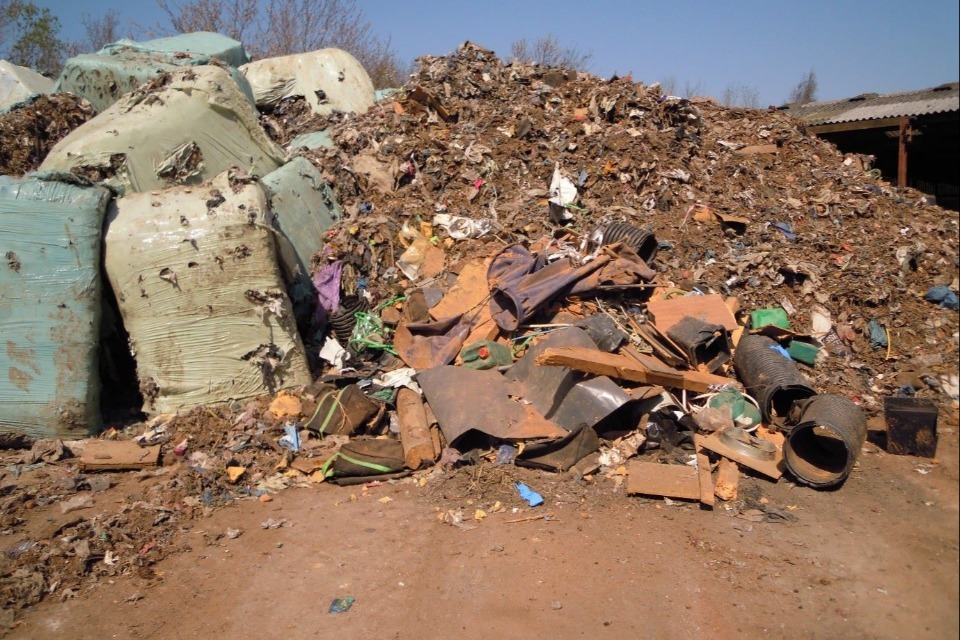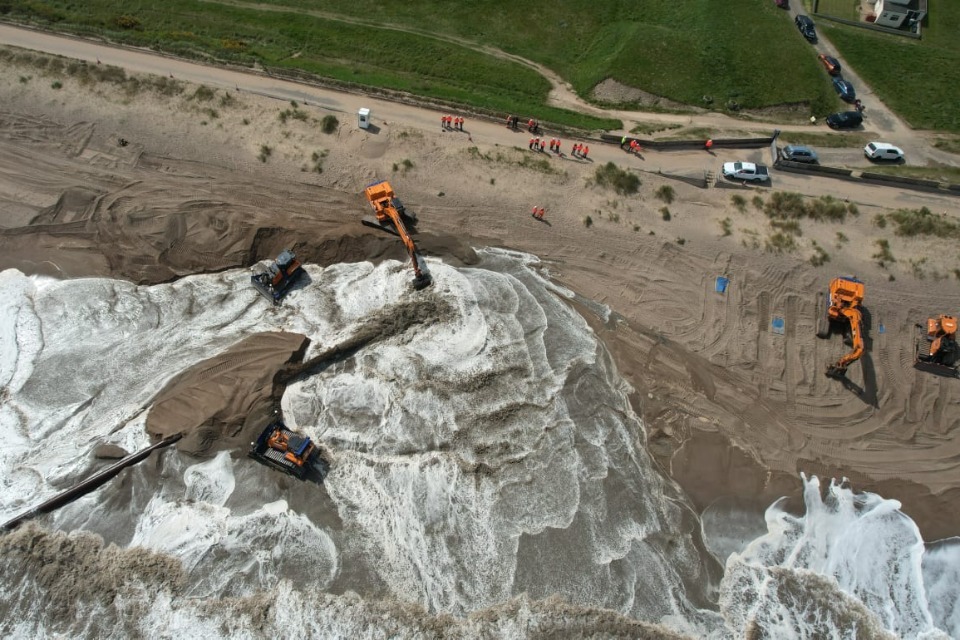What's On
Over the next 4 to 5 weeks, around 200,000 to…
Going Out
A small number of deer have arrived in Greenwich Park…
Reviews
For more London restaurant guides, check out our guides to…
Latest Articles
On Thursday 8 May, the British High Commission in Solomon Islands celebrated Victory in Europe (VE) Day 80…
It is a real privilege to be able to speak to you here today on VE Day. 80…
New action, which will be announced by the Prime Minister at the Joint Expeditionary Force meeting in Oslo…
More people will soon have the opportunity to train to teach, as the government cuts apprenticeship red tape…
London is no stranger to gorgeous restaurants. Whether you’re after a venue that is slick and suave, rustically…
The Bank of England Monetary Policy Committee announced on 8 May 2025 to reduce the Bank of England…
Can you still buy new CD players?Absolutely! While CD sales understandably dropped as the popularity of music downloads…
There were 179 cases of listeriosis reported in England and Wales in 2024, according to new data published…
In Spotlight
Another day, another award-winning spot in the city for us…


































